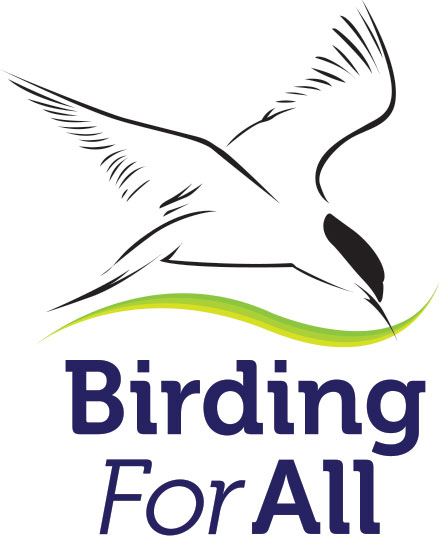
Accessibility at nature reserves matters, be it for wheelchair-using wildlife enthusiasts; parents trying to introduce their small children to the wonders of nature; or just to make life easier for us all as we age as walking, can, become more of an issue. Let’s face it none of us know what is around the corner and when we might find access limitations.
This is why Birding For All exists.
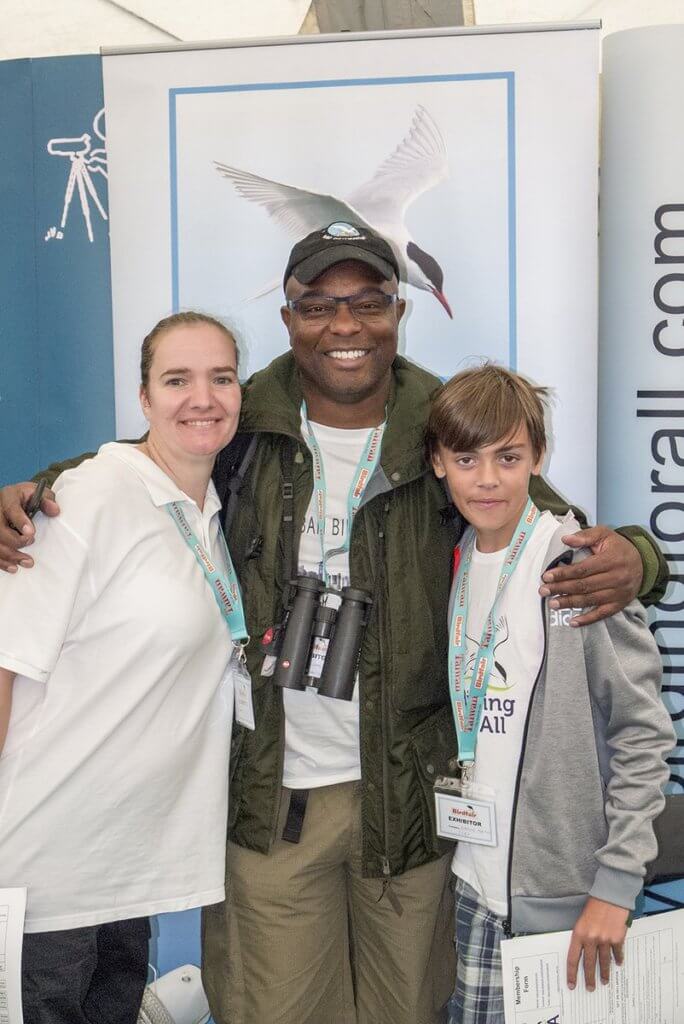 Our aims are to convince nature reserves, wardens, or CEOs of wildlife charities, to consider the benefits of making footpaths as accessible as possible; if you need to block a path, consider an accessible kissing gate over a stile – if you have ever tried to lift a pushchair over a stile, you’d understand why. If a cattle grid is needed, install one that a wheelchair can cross with ease, and if a gate is the only option make sure it’s easy to open from a wheelchair. Think about putting in more rest points and at shorter distances, and consider ramp access to hides. After all, better access to nature is good for us all, not just people with physical limitations.
Our aims are to convince nature reserves, wardens, or CEOs of wildlife charities, to consider the benefits of making footpaths as accessible as possible; if you need to block a path, consider an accessible kissing gate over a stile – if you have ever tried to lift a pushchair over a stile, you’d understand why. If a cattle grid is needed, install one that a wheelchair can cross with ease, and if a gate is the only option make sure it’s easy to open from a wheelchair. Think about putting in more rest points and at shorter distances, and consider ramp access to hides. After all, better access to nature is good for us all, not just people with physical limitations.
Hey we at Birding For All even created a best practice guide that can be downloaded as a PDF to help here!
I’m sure Mark won’t mind me mentioning that he is one of the patrons of Birding For All, and as such each year pops along to see us at our Birdfair stand, often giving us one of his great books for our raffle, or posing for a photo. This year, when asking what he could do to help, we explained all about our current goals: to have as many nature reserves around the country as possible assessed for access (we want our website to be a useful resource for anyone that may have any number issues to find a nature reserve near them to visit). He kindly offered us this opportunity to spread the word with a guest spot on this fabulous blog.
So what do we want?
The idea is to have local people assess their nearest nature reserves (or ones they visit often) for accessibility. Letting us know details about the types of path; rough distances between hides and seating; what the access to the hides is like; what parking there is for disabled vehicles or better yet if there is vehicular access to hides; what blockages there are on the paths (gates, styles, cattle grids etc.); basically are things good or bad where accessibility is looked at.
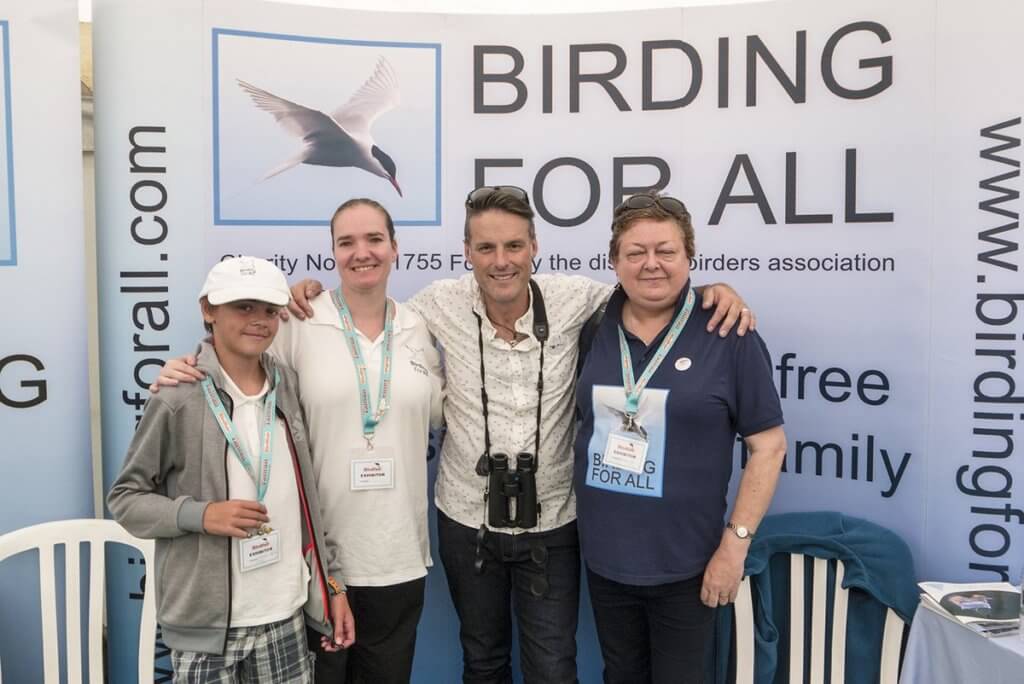
This is where we need you, the wildlife loving public. As a small charity staffed only by a few volunteers, we can’t hope to get round to every nature reserve (as much as we would love to), so we are trying to enlist as many people as possible to get out there for us and take a look.
We’ve devised an access form on our website that can help, we know it can seem daunting, but please read through it as it will show you the things to look out for and make a note of. We are happy to have anything that can help us to get as many reserves assessed as possible. If you can use your smart phone to take pictures inside and outside hides, of benches and paths, viewing ramps etc. it will help us and BFA website users and it means you don’t have to worry with measurements and long descriptions!
Knowing what is out there, and promoting it to our members or users, helps us to see how effective our campaigning has been, it also lets us know the areas that we need to exert extra pressure, and will let those reserves doing well know that we appreciate it.
Thank you for reading this and thank you to anyone who can help.
Ashley Beolens (Social media, Newsletter editor & trustee at Birding For All)
Twitter @birdingforall
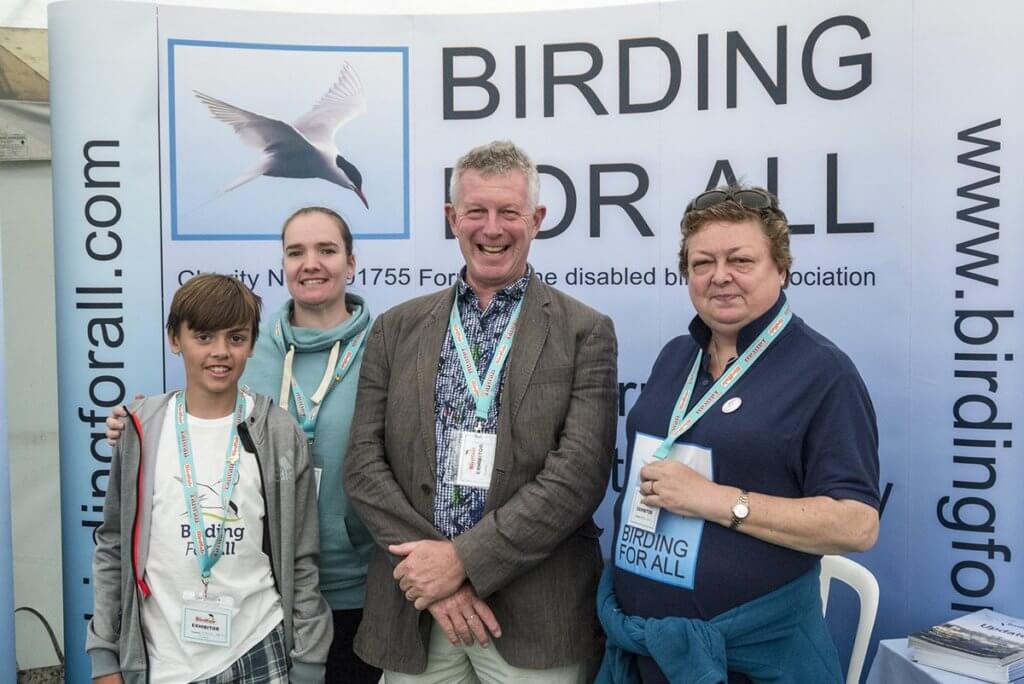
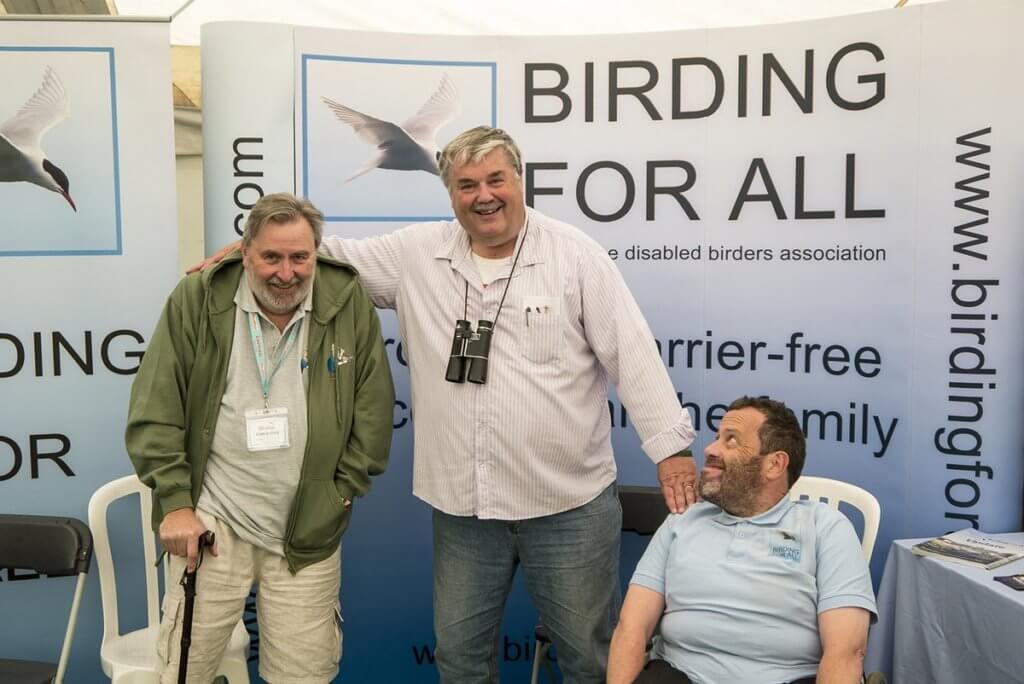
Many thanks all at Birding for All. This is the first I knew about you. Thanks for the great work you are doing in helping the countryside work for everyone. Donation made.
So heartwarming to see that someone felt they had to hit the ‘dislike’ button for a piece like this (apologies if it was done by accident).
Given that your comment has also had a “thumbs down” from one reader, it seems it wasn’t a mistake. Frankly, the mind boggles that anyone could object to the blog or the work of “Birding for All”. Naturally, as is so often the case in these circumstances, the critic will almost certainly lack the integrity or guts to identify themselves and defend their position.
The only thing missing from this excellent blog is mention of Bo Beolens (aka “The Fat Birder”), standing on Mark’s right in the final photo, who has vigorously campaigned on these issues for decades. I suspect that, without his drive and persistence, “Birding for All” wouldn’t exist and many reserves would offer a much poorer experience for those with mobility problems. Bravo Bo, Ashley and the rest of the team.
He is indeed the driving force behind the organisation, and has affected some amazing changes, but for the organisation to push on further we need more people to become involved and make changes where they live.
Great blog! Things are getting much, much better, and I’d like to congratulate those reserves where access has been improved hugely in the last few years, as well as those where access has been planned in right from the start. Not to speak of organisations such as Birding for All, which has done so much to open the countryside up to disabled people! There’s a long way yet to go, though, for instance:
– Kissing-gates, which are often hopelessly inaccessible to people using mobility scooters or being pushed in a manual wheelchair, are still being installed in favour of much easier squeeze stiles;
– Nature reserves still have locked gates that could have RADAR padlocks, but don’t;
– Long benches with no lift-up sections are still being used in bird hides, which are not only a nightmare for wheelchair users but for anyone who has trouble swinging their legs over a high bench;
– Weighted gates are still being installed with no means of propping them temporarily open, which means an unaccompanied wheelchair user has to hang around waiting for a passing dog-walker before they can open them.
However, I do recognise that it’s an incredibly difficult job trying to balance the needs of the wildlife against the needs of many different user groups, the security of the site, and the ongoing problem of idiots on trail bikes. Real progress is being made, though, and long may it continue.
Muff – thanks for your comment and welcome to this blog.
I think the examples you list will bring the issues home to many readers – thank you.